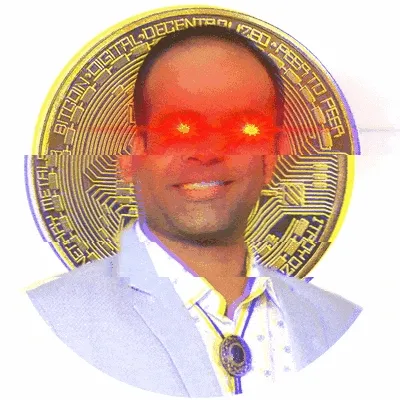1,158 reads
What Is a (Crypto)Coin Burn?
by
September 13th, 2020
Audio Presented by

Turning onchain madness into readable magic. Crypto journalist. DeFi, Web3, SEO — served longform, not lukewarm.
About Author
Turning onchain madness into readable magic. Crypto journalist. DeFi, Web3, SEO — served longform, not lukewarm.